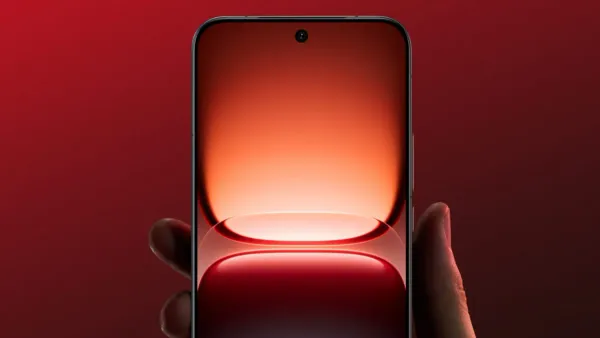Apple Set to Drop New iPad Pro, Vision Pro, and MacBook Pro This Week, All with M5 Power
Apple is expected to launch new M5-powered iPad Pro, Vision Pro, and MacBook Pro models this week via press releases.
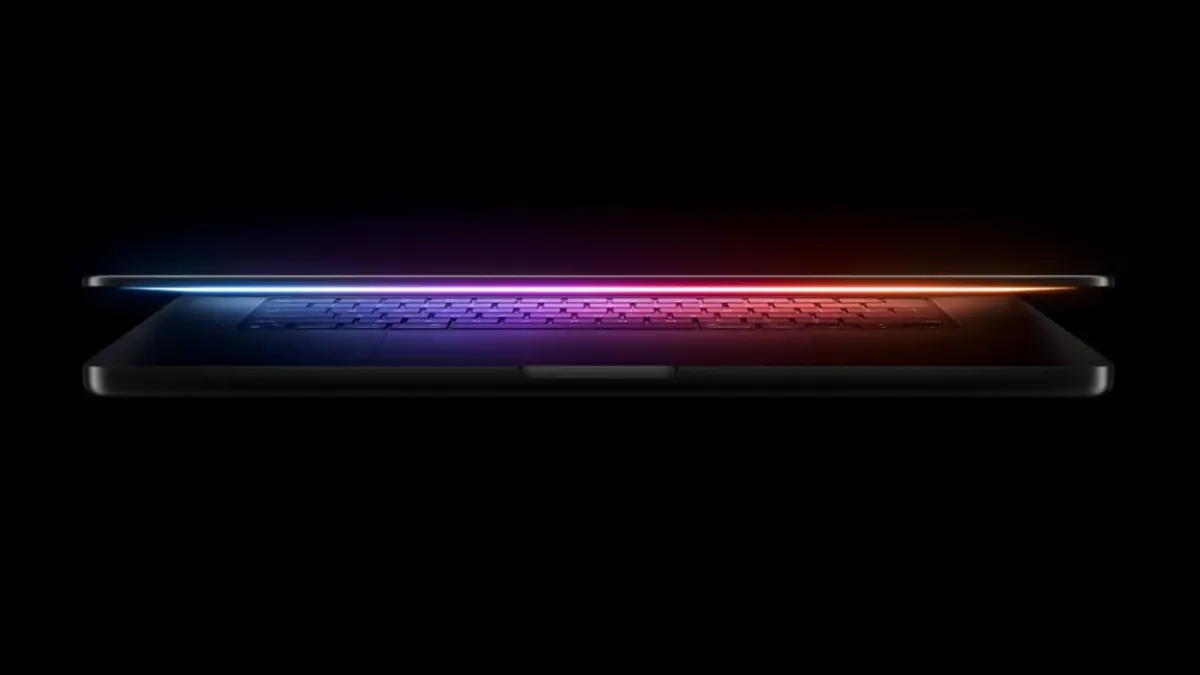
Apple seems to be skipping the stage lights this time. According to Bloomberg’s Mark Gurman, the company is preparing to quietly announce its next lineup of devices — including a refreshed iPad Pro, Vision Pro, and 14-inch MacBook Pro — all powered by the upcoming M5 chip. The drop is expected to happen this week, not through a flashy keynote, but via press releases and short YouTube promos on Apple’s Newsroom.
The timing is unusual, even for Apple. With Monday landing on Columbus Day in the U.S. and Thanksgiving in Canada, the launch could roll out later in the week. But one thing’s certain: the updates mark Apple’s first major hardware refresh heading into 2026 — and its continued push to make M-series chips the heart of every device it makes.
The M5-Powered iPad Pro
Leaked unboxing videos out of Russia have already spoiled the surprise: the new iPad Pro (2025) will feature the M5 chip with up to 12GB of RAM and a familiar design. One tiny change? The “iPad Pro” text on the back is gone — a subtle but symbolic design choice in Apple’s pursuit of minimalism.
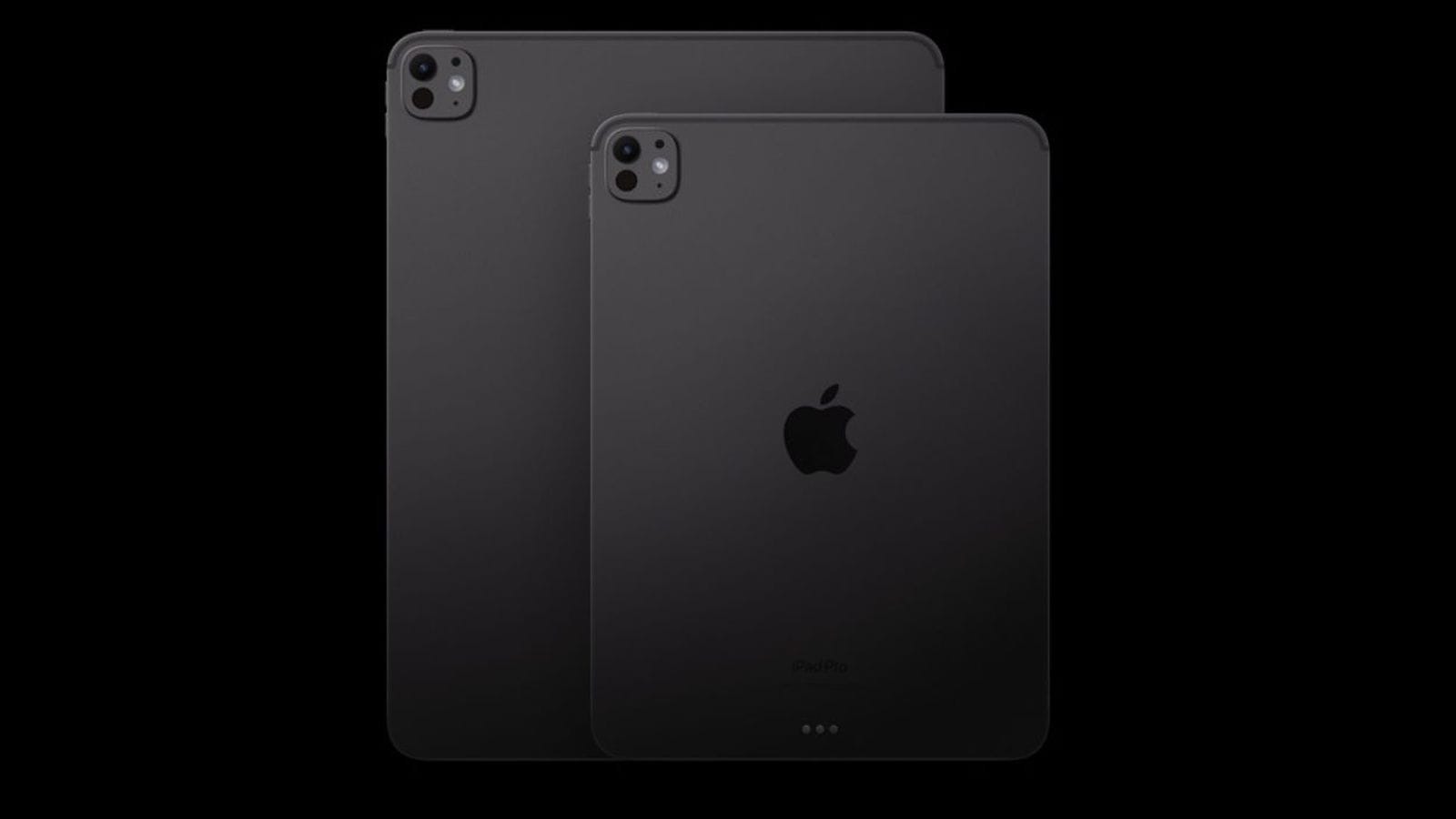
Performance-wise, early Geekbench 6 scores show the M5’s 9-core CPU (three performance cores, six efficiency cores) delivering up to 12% faster multi-core performance and a 36% GPU boost over the M4. That means smoother multitasking, better gaming, and more headroom for creative apps like Final Cut and Procreate.
Rumors of dual front cameras didn’t materialize in the leaked units, so Apple may still be saving that for a future update. Still, the M5 iPad Pro looks set to remain the go-to tablet for professionals, artists, and anyone wanting laptop-grade performance in a thin slab of glass.
Vision Pro: A Smarter, More Comfortable Headset
The Vision Pro is also expected to get an M5 chip upgrade, although earlier reports hinted at an M4. What’s new this round isn’t just raw power — Apple is reportedly bundling a more comfortable “Dual Knit Band” head strap and may introduce a sleek Space Black color option.
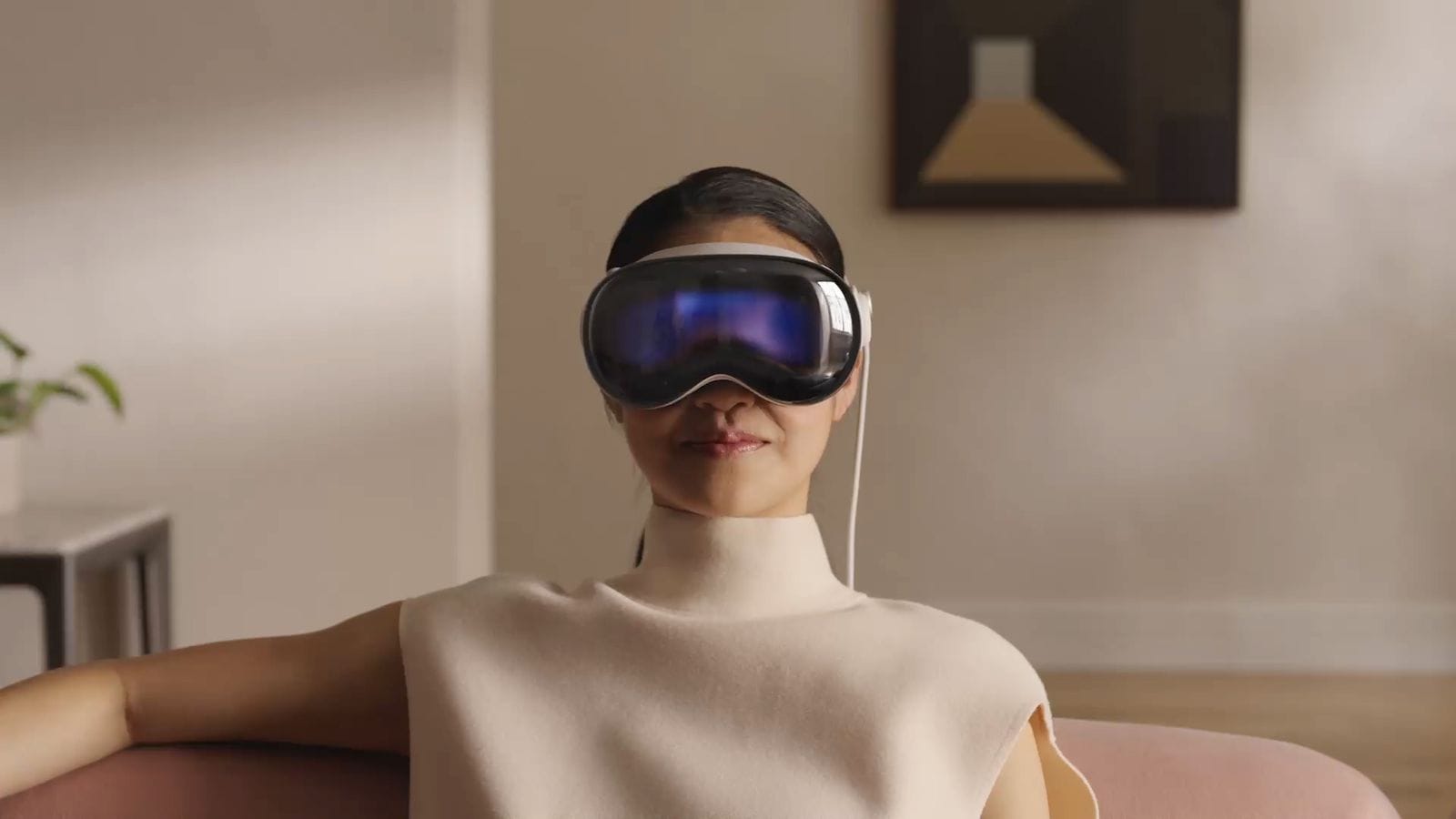
FCC documents accidentally revealed that the headset will stick to Wi-Fi 6 (not Wi-Fi 7), but that won’t matter much for early adopters. The real buzz is around a potential R2 co-processor, which could improve input processing for smoother spatial interaction. Whether that’s enough to brand this as a “second-gen” Vision Pro remains to be seen, but Apple’s focus seems to be refining comfort and usability rather than reinventing the headset just yet.
MacBook Pro 14-inch: Quiet Power for Creators
The base 14-inch MacBook Pro with an M5 chip is also reportedly “ready for launch.” This model will likely hit shelves before its bigger siblings — the M5 Pro and M5 Max variants — which are tipped for early 2026. Design and features are expected to remain the same for now, but bigger shifts are coming down the line.
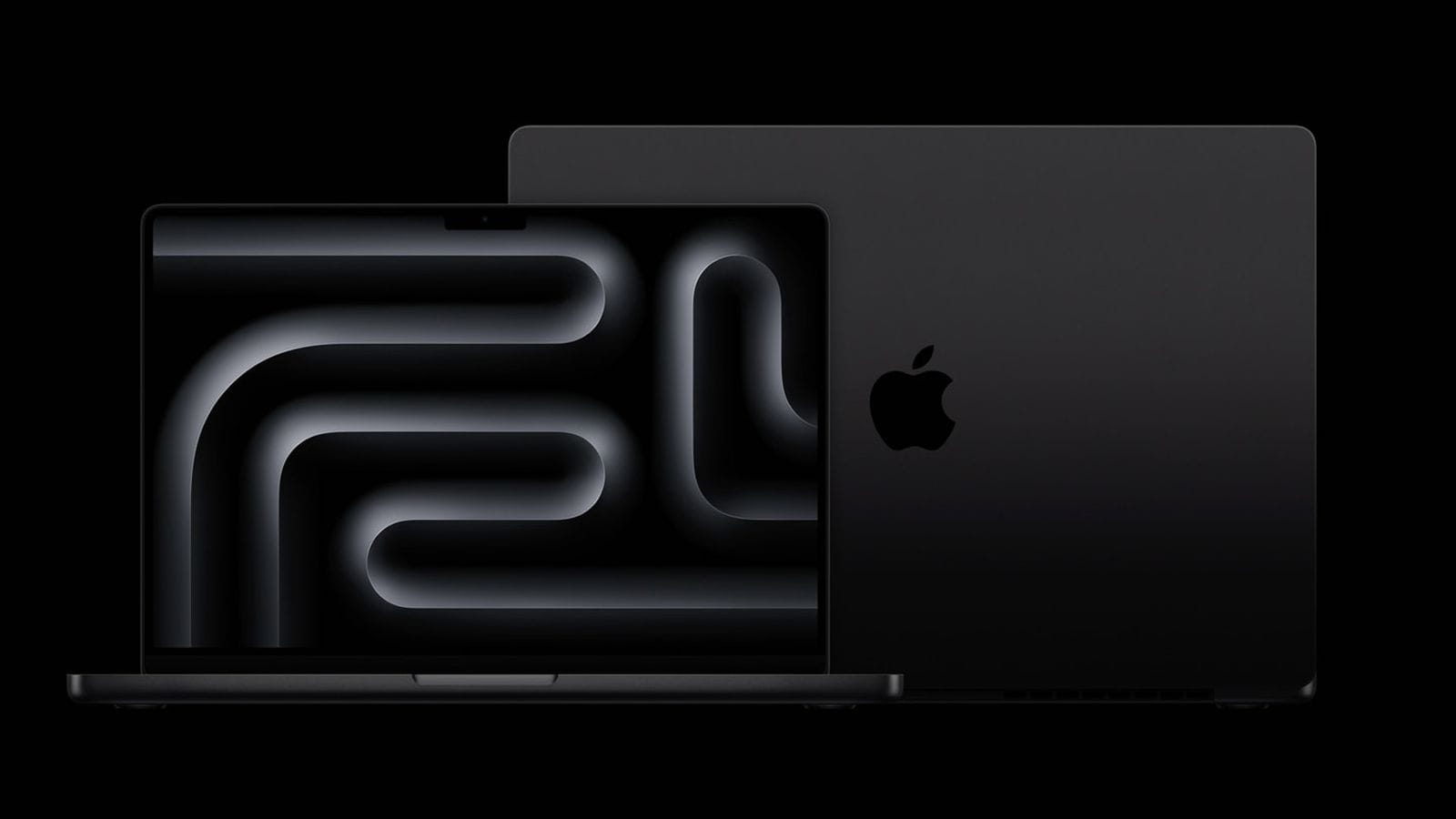
According to leaks, Apple’s future MacBook Pro models (likely M6-powered) will go all-in on OLED displays, touchscreen support, thinner designs, and even cellular connectivity. For now, the 2025 refresh seems to be about boosting performance quietly — the kind of iterative upgrade Apple fans have come to expect between major design leaps.
What’s Next on Apple’s Roadmap
Beyond this trio, Apple’s pipeline is packed. Gurman says new versions of the Apple TV, HomePod mini, and AirTag are “on the roadmap,” along with entry-level iPads, a refreshed iPad Air, and even a new iPhone 17e slated for early next year.
In classic Apple fashion, this week’s drop shows the company doesn’t need a stage to make a statement. The move away from big launch events might feel quiet, but the message is loud: Apple’s next era of devices is all about evolution — not revolution — driven by silicon power, refinement, and the kind of ecosystem lock-in that keeps the Apple world spinning.
Whether you’re a creator, gamer, or just a fan of minimal tech theater, the M5 generation marks the next quiet chapter in Apple’s relentless march toward performance perfection.


